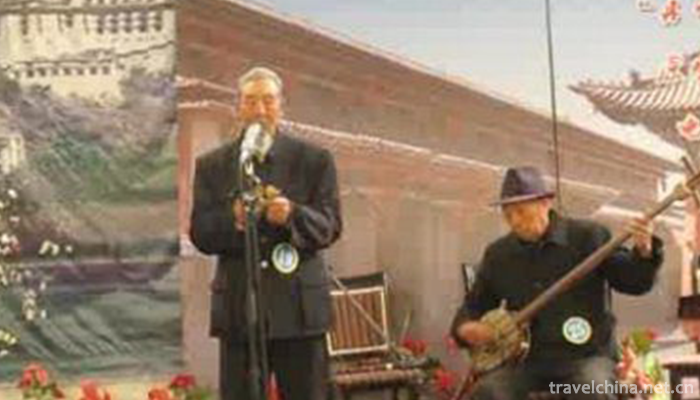Qinghai Lower String
Qinghai Xixian, which originated in the late Qing Dynasty, is one of the traditional folk arts native to Qinghai. It is a sitting and singing art, singing alone or in pairs.
Qinghai Lower String is accompanied by a unique method of chord fixing. The accompaniment instruments are three strings and banhu. Their performances are free in form and often performed locally.
On June 7, 2008, the declaration of "Qinghai Xiaxian" by Qinghai Province was approved by the State Council and listed in the second batch of national intangible cultural heritage list.
historical origin
Qinghai Lower String is accompanied by a unique method of chord fixing. The accompaniment instruments are three strings and banhu. Their performances are free in form and often performed locally. The main tune is "lower chord tune". It is well-structured and suitable for narrative lyricism. The singer can change the number of words accordingly, which is full of deep and touching artistic charm. Other tunes include "imitation of lower chord tune", "soft lower chord tune", "lower back work" and so on. Representatives of the repertoire are "Lin Chong Buy Knife", "Flowering in December", "Biography of the Wild Goose" and so on.
Inheritance significance
Qinghai Xixian is of great academic value to the study of the development of traditional opera and music in Hehuang area.
Inheritance status
Nowadays, there are fewer inheritors (artists are proud to be able to sing the chord), and few can sing independently. There are fewer than five people in existence, so they need to be rescued and protected urgently.
Inheritor: Liu Yanbiao, Inheritor of Qinghai Xixian
Research books
Qinghai Xixian

0 Questions
Ask a Question
Your email address will not be published.